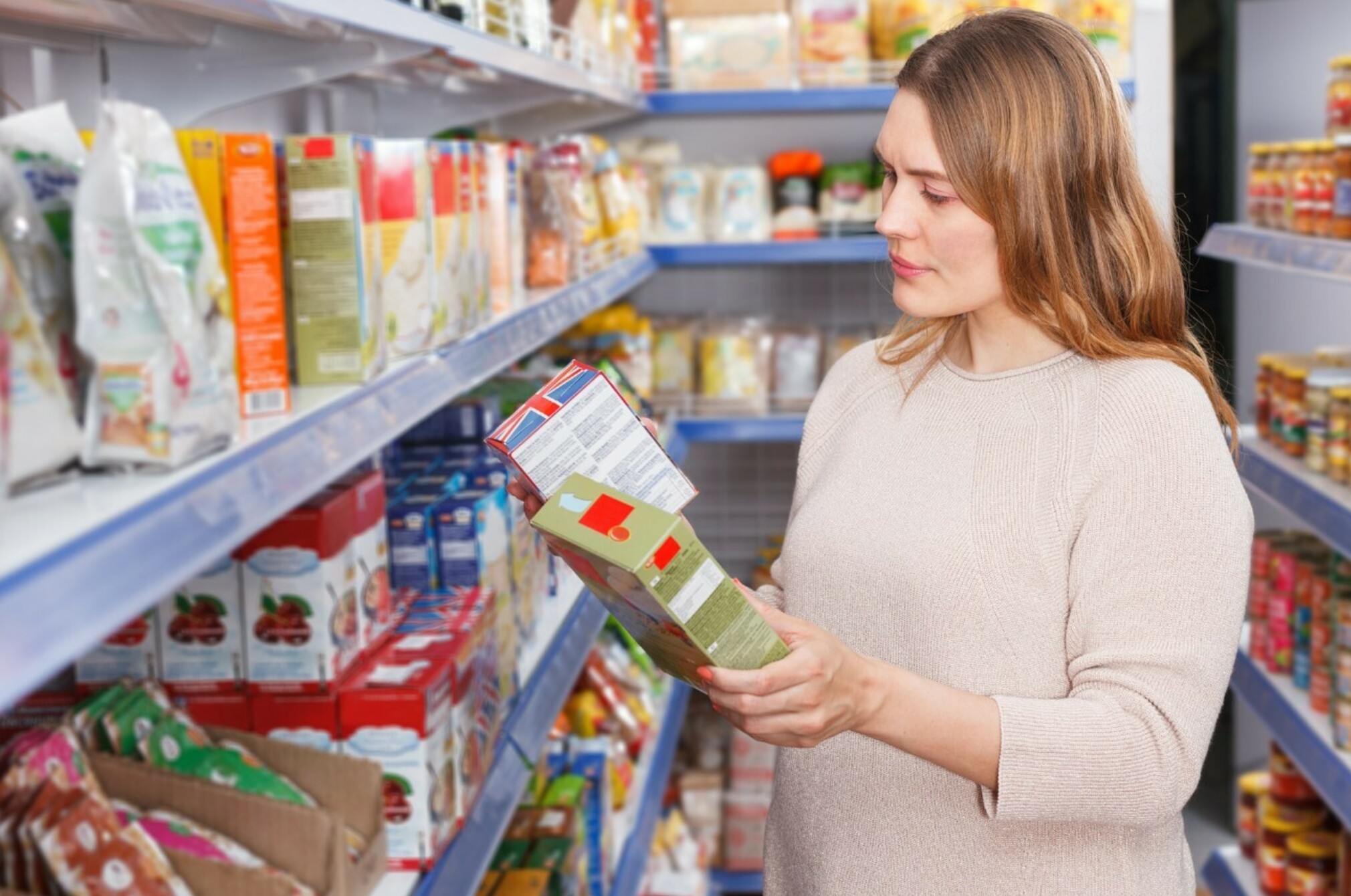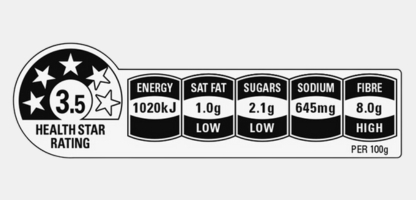Health Star Ratings uptake on packaged food fall short of targets
A new report has found that the uptake of the Health Star Ratings system for packaged foods falls woefully short of government targets. Only an estimated 30% of intended products display the rating in New Zealand and 32% in Australia.

In 2020, food ministers set targets for the voluntary system. Health stars were expected to be displayed on at least 50% of intended products by November 2023, at least 60% by November 2024, and at least 70% by November 2025.
Consumer NZ has advocated for the system to be made mandatory since its introduction – the latest uptake figures are evidence it’s time for the government to take a tougher line.
Consumer’s research writer Belinda Castles said the voluntary system is clearly not working in the best interests of consumers. “To enable consumers to make a healthier choice and easily compare products, front-of-pack labelling schemes like the Health Star Ratings must be mandatory. Otherwise, industry can cherry-pick which products they put ratings on and avoid putting stars on less healthy products.”
Public health groups like Health Coalition Aotearoa also support a mandatory system. Health Coalition Aotearoa's food policy expert panel co-chair Dr Sally Mackay said the Health Star Ratings are one measure to help guide consumers to make healthier choices; but with most products not displaying a rating, the system is a mockery.
The University of Auckland has recently released its own data about the uptake of Health Star Ratings on packaged foods. The analysis, carried out in mid-2023, found 30.4% of products carried the rating (versus 36% in Australia).
Dr Mackay, who co-authored the analysis, said in 2019 25% of products displayed Health Star Ratings, showing there’s been very little progress in the past 5 years.
Last week, food ministers from Australia and New Zealand met and the Health Star Ratings uptake data was on the agenda – minsters had previously agreed that if the final target isn’t met, they will consider mandating the system. In a communique following the meeting, it was noted that the ministers had expressed their disappointment at the uptake results and the issue will be back on the agenda at their July meeting.
Health Star Ratings FAQs
What are Health Star Ratings?
Health Star Ratings are a front-of-pack label, similar to the energy-efficiency star ratings you find on appliances. The ratings give “at-a-glance” information about a packaged food’s overall nutritional value. They range from half a star to five stars, with the more stars the better.
The number of stars is based on nutrient-profiling criteria developed by Food Standards Australia New Zealand. The criteria are based on 100g or 100ml of a product and consider the positive and negative aspects of a food.
The positive aspects are the food’s dietary fibre and protein, and how much fruit, vegetables, nuts or legumes it contains. The negative aspects are energy, saturated fat, total sugars and sodium content. These nutrients are associated with increased risk of chronic diseases, such as heart disease and obesity.
What do health stars look like?

As well as a star rating, product labels can show other information, such as an energy icon, three negative nutrient icons (one each for saturated fat, sugars and sodium), plus a fourth nutrient icon (for a “positive” nutrient, such as iron, chosen by the manufacturer). The nutrient icons can also state whether nutrient content is high or low, such as low sodium or low sugar.
Are the ratings on all foods?
No. The rating system was designed to be used on packaged foods. You won’t usually see it on fresh produce. Ratings can’t be displayed on alcohol or special-purpose foods, such as infant formula and toddler milks. The system is voluntary, so manufacturers can choose to use it on all, some or none of their products.
Can I compare cooking oils with cereal?
No. Different nutrient thresholds are used for drinks, dairy foods, oils and spreads, and cheese products. So, the ratings should be used to compare similar products.
Why does a “natural” product, like butter, have fewer stars than a table spread with lots of additives?
The rating system looks at a food’s nutritional profile. How natural – or processed – a food is, isn’t part of the equation.
Why isn’t the rating based on serving size?
There are no serving size rules in New Zealand, so manufacturers have different “suggested” serving sizes for the same type of product.

Why are natural health products so popular?
We asked consumers who take natural health products such as vitamins, what they take and why they take them.

Member comments
Get access to comment